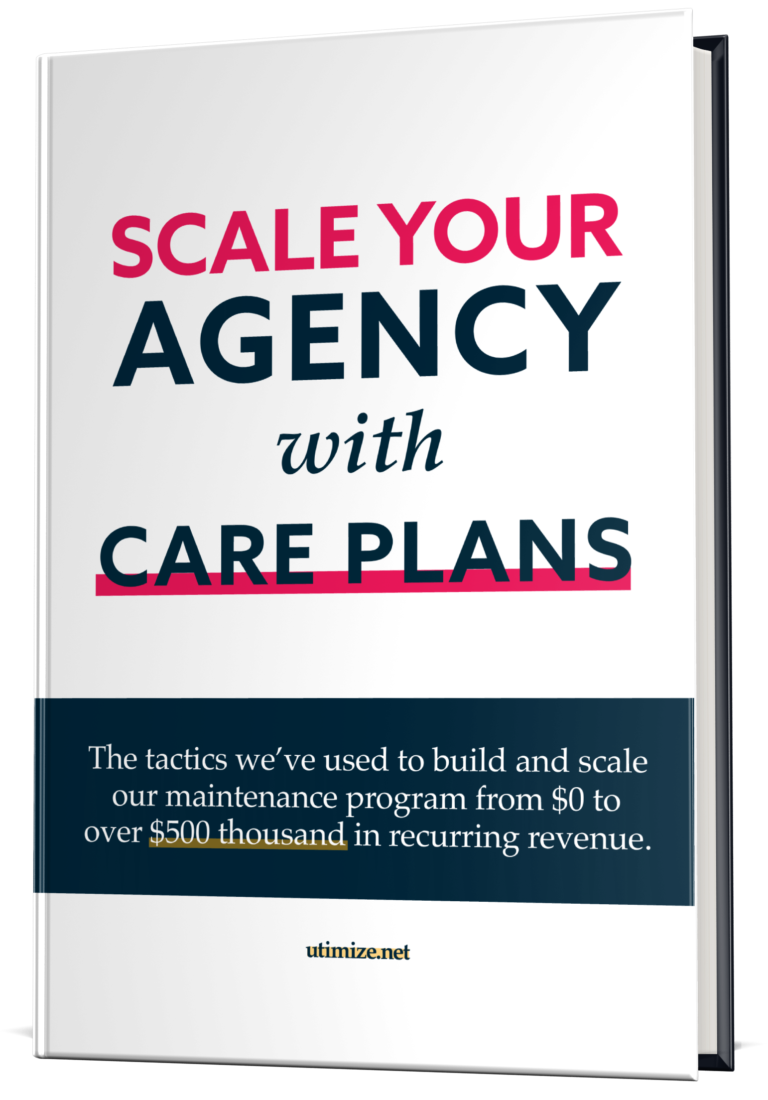You’ve gotta fill up this pipeline, dude!
Now that you’re a pro at prospecting, you have to find ways to streamline the entire process and find the most qualified prospects to work on in the shortest possible time. The goal is to keep your pipeline full while creating meaningful connections with awesome people!
Fortunately, there are some great tools you can start using today to make your life easier. We use most of them and we’ve been getting great results, so you might want to try them out as well.
Where to Find the Best Prospects
LinkedIn has over 260 million monthly active users, so it is a must for every sales representative.
While all their free resources are enough, they also have a paid tool called “Sales Navigator.” The features we like the most are the CRM integration, lead recommendations, and the extended search fields. It’s worth every penny!
For prospecting purposes, you can just tell the Advanced Search functionality who your ideal persona is and it’ll give you a list of hundreds (maybe thousands) of prospects to reach out.
Key takeaways for LinkedIn:
- Refrain from sending direct messages or trying to connect right off the bat as you’ll probably be ignored.
- Use LinkedIn as a way to know more about your prospects. Email is the best way to contact someone for the first time.
- LinkedIn is not only for prospecting. Join groups and engage in discussions, always providing value to people.
- Follow either your prospects or the companies they work for. It’ll help you to understand more about their day-to-day lives and will notify you whenever a trigger event happens. Very helpful for personalized approaches!
Business directories
Although LinkedIn covers the majority of companies in the tech scenario, you might not be able to find the very small local company that could buy something from you.
Great directories you should look at:
- Yelp: Mainly used by restaurants
- Upcity: Find everything from graphic designers to accountants – very generic directory
- Clutch: Used by agencies, developers, designers
- Yellow Pages: Used by everyone – from dentists to plumbers
- Thumbtack: More than 1k services – very generic as well
Keep in mind this is all just a way to find new companies. For most cases, you won’t find all the information you need (e.g., email, trigger events, phone numbers, etc.)
Quora
Adam D’Angelo, Quora’s CEO, reported 200 million monthly visitors in June 2017. The potential of this is crazy! New topics are created every second for whatever subject you can imagine. People asking for help is one of your best chances to create a connection with a potential client.
Key takeaways for Quora:
- When creating your profile, make sure to inform where you work, what you do and how people can reach out to you.
- What are the topics your ideal customer is following? Make sure to follow them all as well.
- Consistency is key: dedicate a few minutes per day to answer people’s questions in a genuine way. Don’t sell—create a connection instead.
Twitter is one of the biggest social networks out there, and it’s one of the best ways to find extremely qualified prospects. As most people are already prospecting on LinkedIn, Twitter ends up being an unexplored territory for B2B businesses.
To get started now, my recommendations are:
- When creating your profile, fill in your bio with what you do and where you work.
- Look at your competitors’ profile and research what they’re doing, what they post, who are they talking to, etc.
- Search for keywords your ideal persona might use. “Any recommendations + your service” or “how to + what you do” are very common keywords used by people looking for a specific product/solution. Interact with these people, provide value, and try to connect. Don’t be pushy or try to sell something right off the bat.
Learn More About Prospects
Mention
Mention is mainly used as a monitoring tool that keeps you posted on every bit of major news for a specific keyword, or company. That’s a great way to know more about your prospects’ companies and create personalized messages.
It’s not just to monitor other companies’ mentions, but it’s also a great all-in-one solution you can use to:
- Monitor your own social media mentions so you don’t miss anyone’s thoughts about your company
- Schedule and publish posts on Facebook, Twitter, Instagram and LinkedIn
- Understand how your industry behaves on social media and create a plan based on that
Owler
Knowing if the prospect you’ll reach out to is within your ideal persona characteristics is a must if you want to conduct a cold outreach campaign. That’s when you need to research if the company you think is a good fit, is actually a good fit.
Owler has more than 13 million (public and private) companies in their catalog and it’ll be very helpful in your discovery process.
With Owler, you can check the number of employees a company has, recent acquisitions, annual revenue, and much more. It’s a great alternative when you can’t find this information on the company’s website or LinkedIn profile.
Hunter.io
This is probably in my top 3 preferred tools list! Used by over 1.5 million sales professionals all around the world, Hunter.io helps you to find the email address of anyone—whether it’s a manager, VP, CEO, or whatever other stakeholder you want to connect with.
They do this by crawling the entire internet looking for publicly available email addresses. If they can’t find the correct email address, you can use the Email Verifier tool to try a few variations until you finally find it. You can use one of the variations below. It works for most cases:
- {first name}@company.com
- {first name}{last name}@company.com
- {first initial}{last name}@company.com
- {first initial}{middle initial}{last name}@company.com
- {first name}.{last name}@company.com
Rapportive
One of the fastest ways to create a connection with someone and establish trust is by building rapport. Linda Tickle-Degnen and Robert Rosenthal describe the nature of rapport in terms of a dynamic structure of three elements’ interrelating components:
- Mutual Attentiveness: Both of you are interested in what each other have to say
- Positivity: Both of you are happy with the conversation and it’s a fun thing to be doing
- Coordination: You are connected with each other. The way both of you are expressing your thoughts (body and verbal language) are similar
There are a couple of ways to build rapport, but the most common one is by finding a common ground. It can be as simple as a sport or a hobby you both have.
Rapportive is the best way to find what the other person’s interests are at the moment you’re writing your email. There’s no better way to start a conversation than by finding a common ground and exploring that right off the bat.
Organize Your Campaigns
Hubspot CRM
Although spreadsheets are enough to keep track of things, Hubspot was very helpful from day one in our campaigns. It not only helps us to keep track of things, but it also:
- Organizes our sales pipeline
- Reminds us when we need to follow up
- Tells us when prospects open emails (email log and track tool)
- Manages all contact info
- Logs all activities
- Gives the ability to personalize at scale
- Automates email sequences
All of these features are free (but limited), so it’s worth it checking whether it will be a great asset to your sales team.
Zoho CRM
Zoho CRM seems to be a great alternative to other CRMs because it’s affordable and has all the features you’ll need to conduct cold outreach campaigns.
Great things about Zoho CRM:
- They provide multichannel support: you can connect with customers via email, live chat, phone and social media
- Gamification: reward the sales reps who achieve their targets
- Automate sales processes by defining workflows and macros for regular activities
Get Started Now
You have the tools. You know how to do it. It’s time to get started and see what works best for your needs. If you have any questions, concerns, or suggestions, let us know in the comments below.

